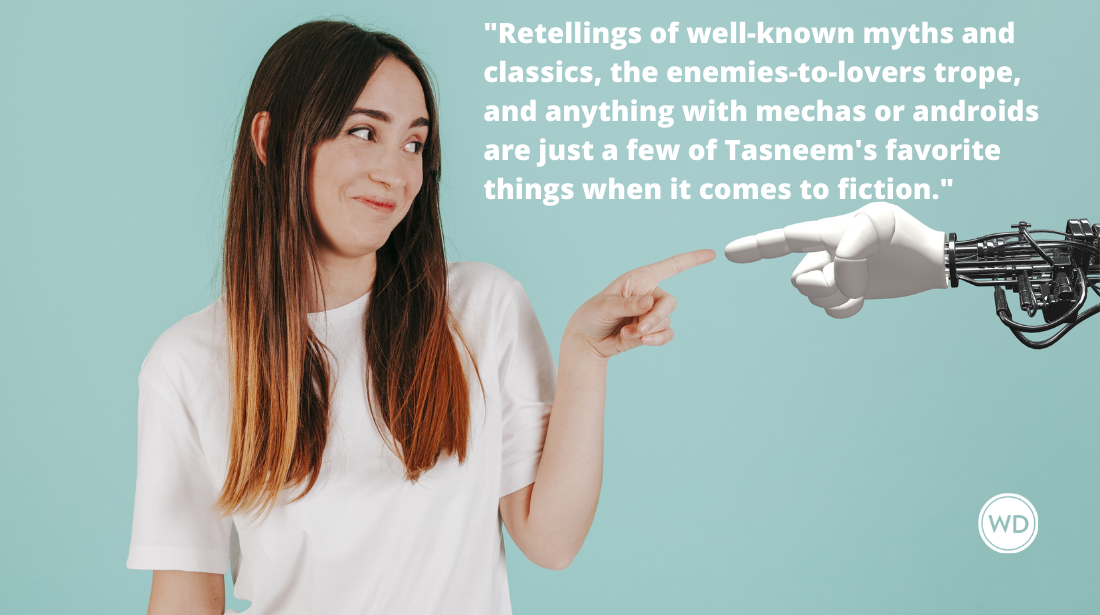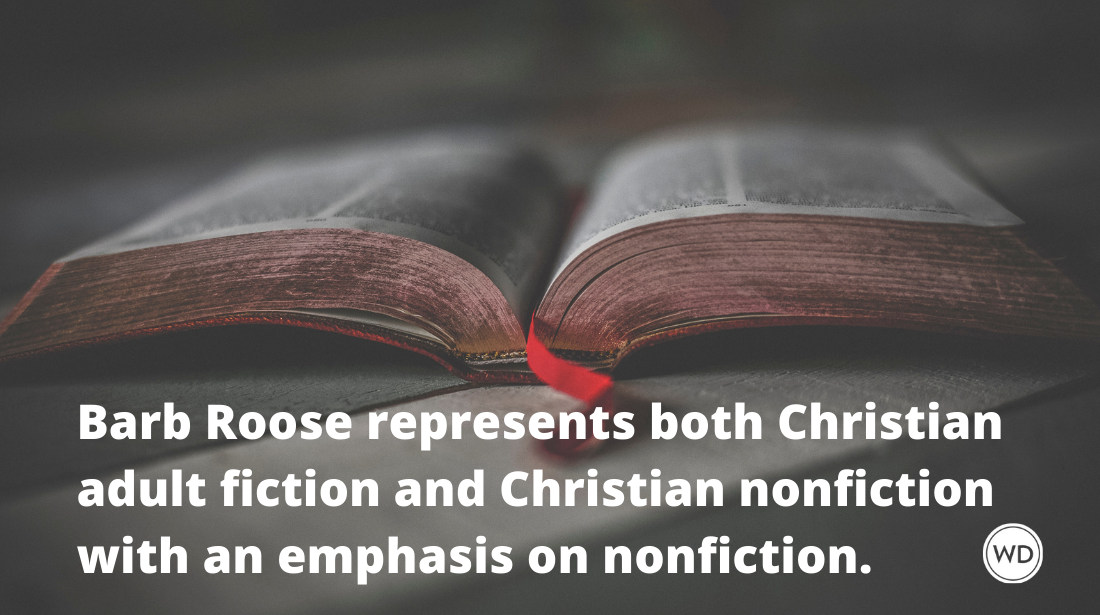Tips for Writing About Distant Lands in Fiction
Author Rob Hart shares seven tips for writing about cities and places in fiction that you’ve only just visited, never lived, or are looking to put a fictional spin on.
Writing about an unfamiliar location—a place you haven’t lived, a place you’ve only visited, a place you’re putting a fictional spin on—can be tough. You want to capture what’s special about it, but you can’t rely on a lifetime of experience, or you might not have the funds for an impromptu research trip.
Case in point: My latest novel, The Woman from Prague, is set mostly in Prague, but partly in Kraków, too. I visited both cities for five days each a few years ago. I loved them so much I wanted to set a book there. It would have been nice to go back while I was actually writing it, but that wasn’t in the cards.
Order a copy of Rob Hart's The Woman From Prague.
Amazon
[WD uses affiliate links.]
Luckily, there were things I could do to underscore and expand my understanding of those cities—things I learned on the second and third books of my series (City of Rose and South Village), because they’re also set in places I only knew in passing.
Trust Google Maps.
I don’t know what writers did before Street View. I have spent a great deal of time—maybe too much—clicking through side streets, looking for the perfect location or view. It’s helpful, too, for driving directions, street names, neighborhoods, even basic geography.
Mind your details.
In The Woman from Prague there’s a big scene set on the Charles Bridge. I spent a little time on the internet learning about the bridge, about the statues standing guard across it, about the direction the Vltava flows underneath it. That research lent itself to one of my favorite lines in the book, and helped me correct a mistake I’d made (I initially had the Vltava flowing in the wrong direction).
Draw your own map.
My third book, South Village, is based loosely on a hippie commune in the Georgia woods. It was the first time I was mostly conjuring a location, only using real-life markers as a rough guide. I got jammed up until I sat down and drew a map of the fictional commune. My own map, and how I thought it should be laid out. The story really kicked into gear when I discovered the geography of the sandbox.
Read, but not the guidebooks.
This one is a little more esoteric but, still, it’s something I like to do. I like to read stuff from or related to the region I’m writing about—but not necessarily guidebooks. For The Woman from Prague I read The Trial by Franz Kafka. It may not be about Prague, but Kafka is a famous Prague writer. I also read A Long, Long Time Ago and Essentially True by Brigid Pasulka, which is set in Kraków. They’re very different books but both informed the feel I wanted to capture.
Learn local customs/language.
Type the name of any major city followed by “local customs” into Google and you should be inundated with guides for tourists on how to act, tip, drive, and speak once you arrive. For a city like Prague, too, you can usually find blogs written by expats who’ve relocated there, if you dig deep enough, which can help with capturing the outsider perspective. It doesn’t hurt to know a few words, too, if the primary language isn’t English. Google Translate is your friend.
Get some help from your pals, when you can.
My second book, City of Rose, is set in Portland, so I asked a friend who lived in the city to read it before I submitted it to my publisher. This is after inundating her with questions about the city. And, I breathed a big sigh of relief when my publicist read The Woman from Prague—she’d lived there for a little while—and said I captured the city. Nothing beats local intel.
Don’t be afraid to fudge the details.
Be accurate, be respectful, but story wins in the end. If you have to fudge a detail or create a place out of thin air—do it. If you do your research, hopefully you’ve established enough authority that an eagle-eyed reader is willing to give you a pass on the small stuff and stick with the narrative.
Rob Hart (RobWHart.com) is the author of Assassins Anonymous, in which the world’s deadliest hitman joins a 12-step program for killers, as well as The Warehouse and The Paradox Hotel.







